| << Chapter < Page | Chapter >> Page > |
A conductor can be fixed at zero volts by connecting it to the earth with a good conductor—a process called grounding.
Because a conductor is an equipotential, it can replace any equipotential surface. For example, in [link] a charged spherical conductor can replace the point charge, and the electric field and potential surfaces outside of it will be unchanged, confirming the contention that a spherical charge distribution is equivalent to a point charge at its center.
[link] shows the electric field and equipotential lines for two equal and opposite charges. Given the electric field lines, the equipotential lines can be drawn simply by making them perpendicular to the electric field lines. Conversely, given the equipotential lines, as in [link] (a), the electric field lines can be drawn by making them perpendicular to the equipotentials, as in [link] (b).
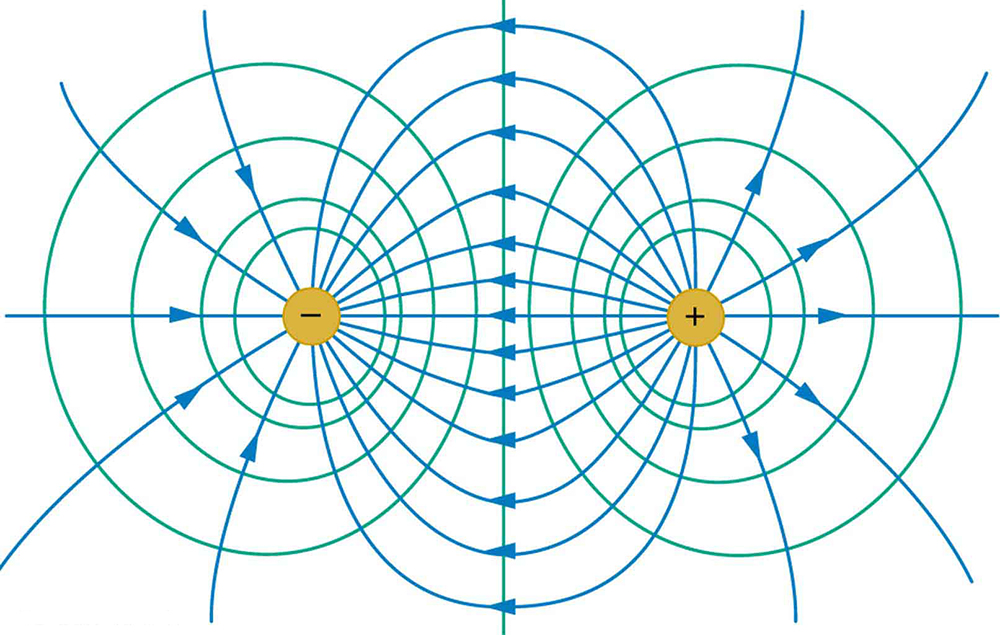
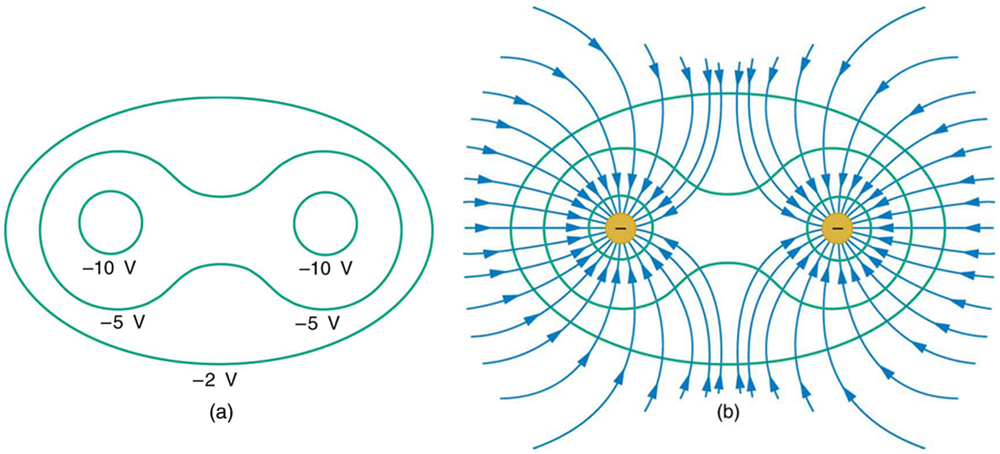
One of the most important cases is that of the familiar parallel conducting plates shown in [link] . Between the plates, the equipotentials are evenly spaced and parallel. The same field could be maintained by placing conducting plates at the equipotential lines at the potentials shown.
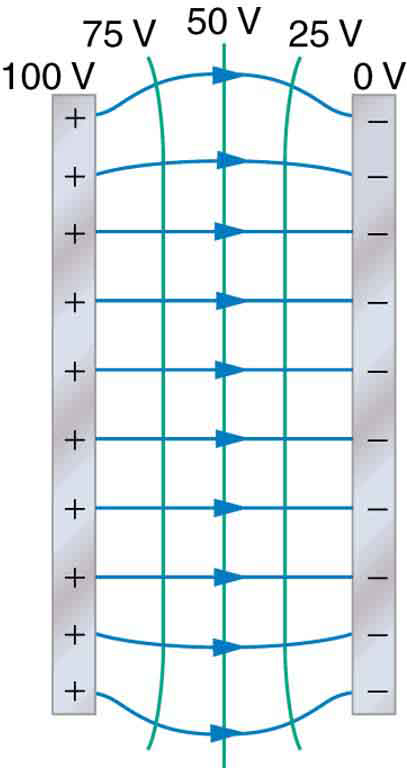
An important application of electric fields and equipotential lines involves the heart. The heart relies on electrical signals to maintain its rhythm. The movement of electrical signals causes the chambers of the heart to contract and relax. When a person has a heart attack, the movement of these electrical signals may be disturbed. An artificial pacemaker and a defibrillator can be used to initiate the rhythm of electrical signals. The equipotential lines around the heart, the thoracic region, and the axis of the heart are useful ways of monitoring the structure and functions of the heart. An electrocardiogram (ECG) measures the small electric signals being generated during the activity of the heart. More about the relationship between electric fields and the heart is discussed in Energy Stored in Capacitors .
Move point charges around on the playing field and then view the electric field, voltages, equipotential lines, and more. It's colorful, it's dynamic, it's free.

What is an equipotential line? What is an equipotential surface?
Explain in your own words why equipotential lines and surfaces must be perpendicular to electric field lines.
Can different equipotential lines cross? Explain.
(a) Sketch the equipotential lines near a point charge + . Indicate the direction of increasing potential. (b) Do the same for a point charge .
Sketch the equipotential lines for the two equal positive charges shown in [link] . Indicate the direction of increasing potential.
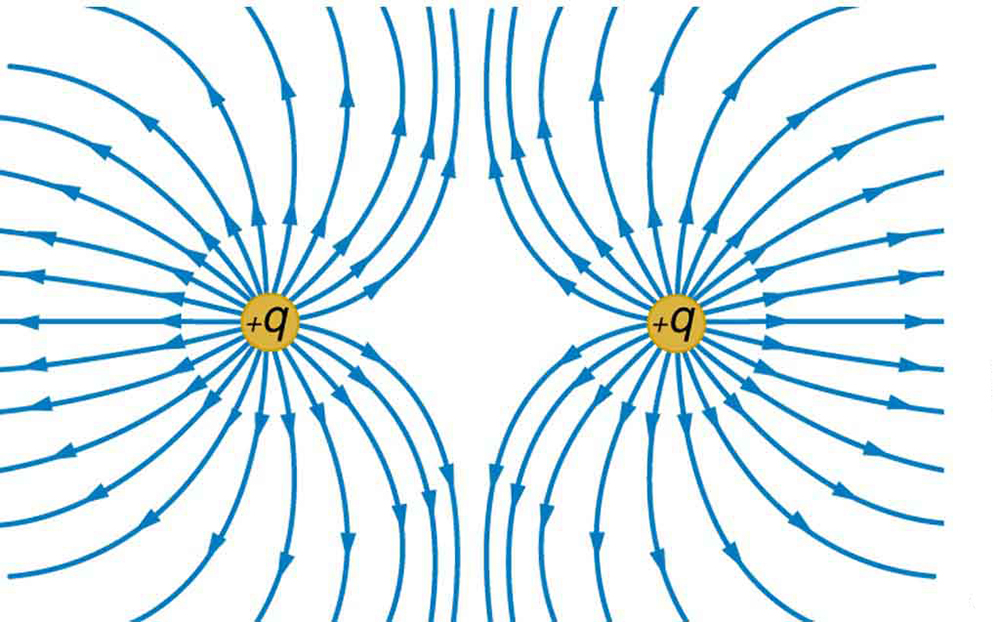
[link] shows the electric field lines near two charges and , the first having a magnitude four times that of the second. Sketch the equipotential lines for these two charges, and indicate the direction of increasing potential.
Sketch the equipotential lines a long distance from the charges shown in [link] . Indicate the direction of increasing potential.

Sketch the equipotential lines in the vicinity of two opposite charges, where the negative charge is three times as great in magnitude as the positive. See [link] for a similar situation. Indicate the direction of increasing potential.
Sketch the equipotential lines in the vicinity of the negatively charged conductor in [link] . How will these equipotentials look a long distance from the object?

Sketch the equipotential lines surrounding the two conducting plates shown in [link] , given the top plate is positive and the bottom plate has an equal amount of negative charge. Be certain to indicate the distribution of charge on the plates. Is the field strongest where the plates are closest? Why should it be?
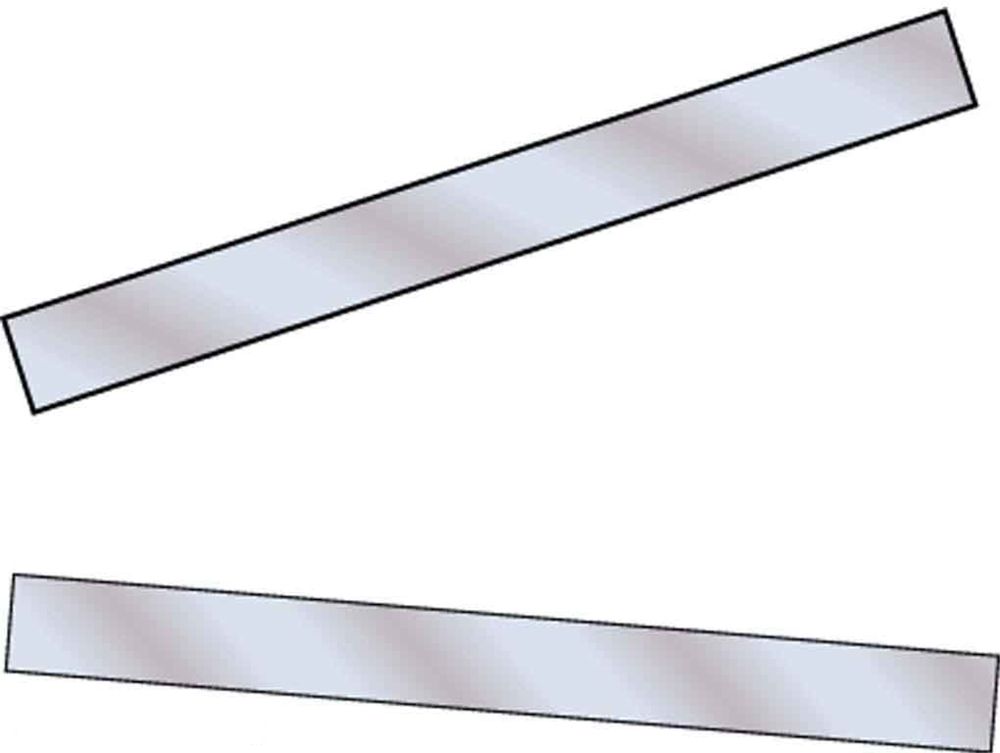
(a) Sketch the electric field lines in the vicinity of the charged insulator in [link] . Note its non-uniform charge distribution. (b) Sketch equipotential lines surrounding the insulator. Indicate the direction of increasing potential.
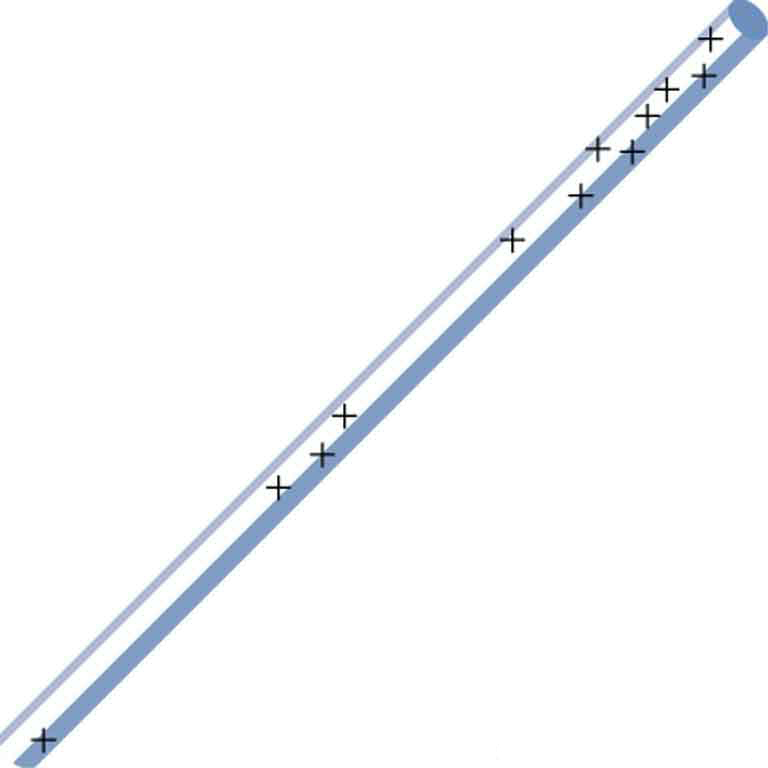
The naturally occurring charge on the ground on a fine day out in the open country is . (a) What is the electric field relative to ground at a height of 3.00 m? (b) Calculate the electric potential at this height. (c) Sketch electric field and equipotential lines for this scenario.
The lesser electric ray ( Narcine bancroftii ) maintains an incredible charge on its head and a charge equal in magnitude but opposite in sign on its tail ( [link] ). (a) Sketch the equipotential lines surrounding the ray. (b) Sketch the equipotentials when the ray is near a ship with a conducting surface. (c) How could this charge distribution be of use to the ray?
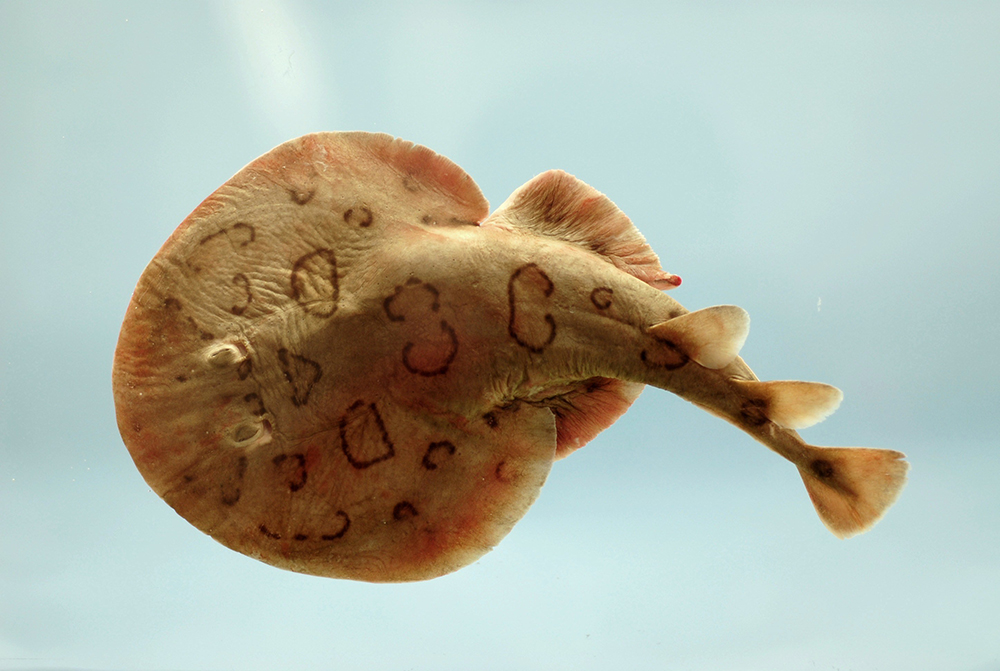

Notification Switch
Would you like to follow the 'College physics' conversation and receive update notifications?